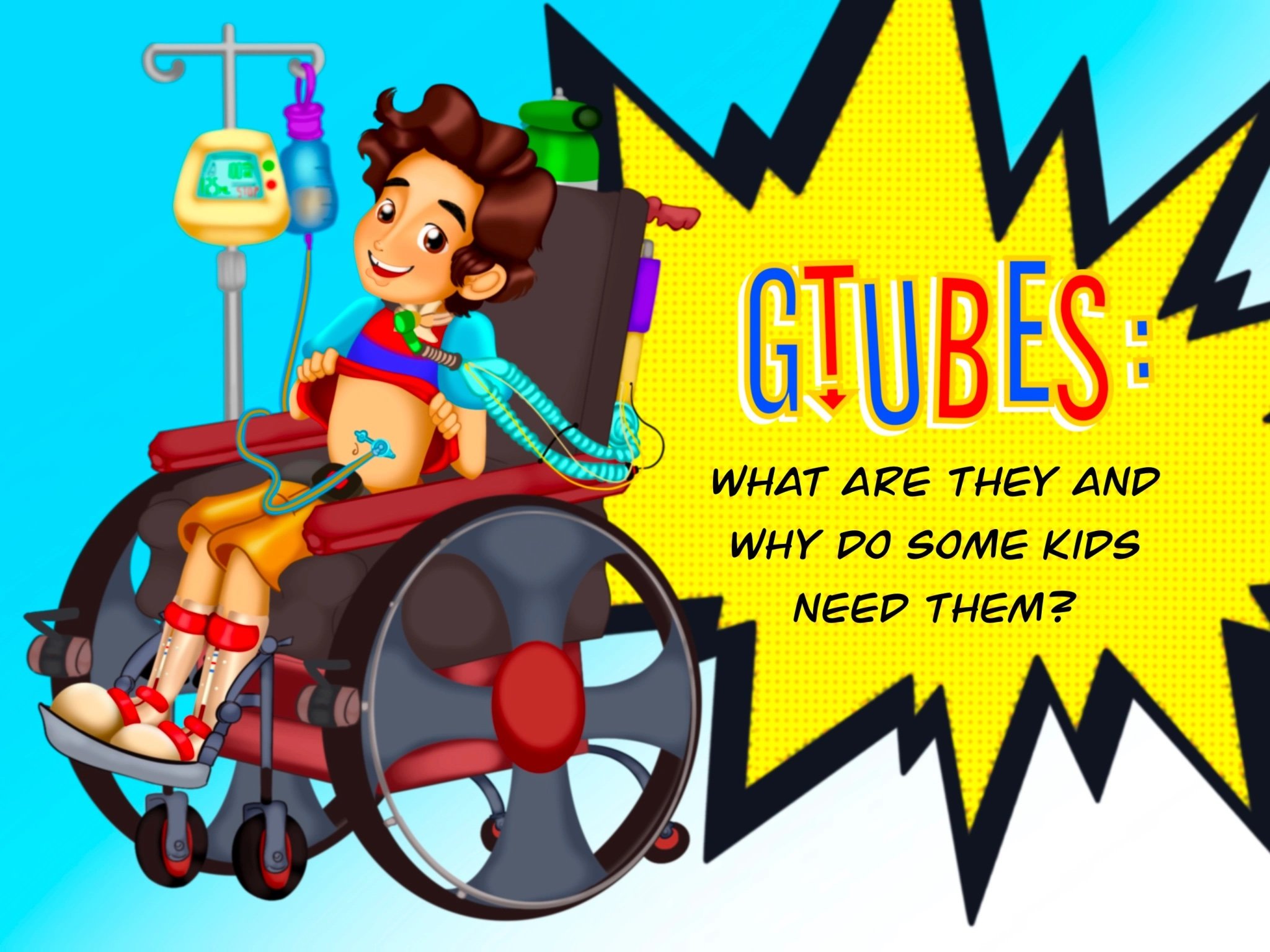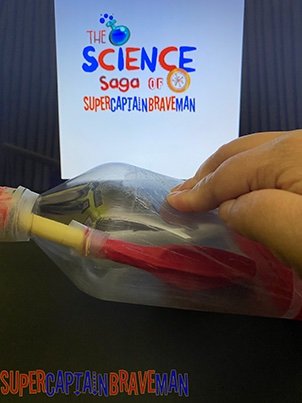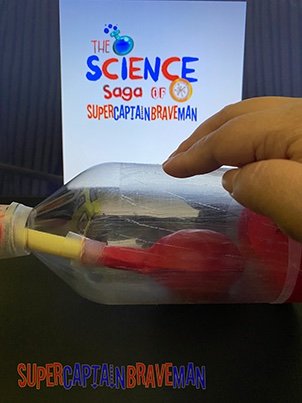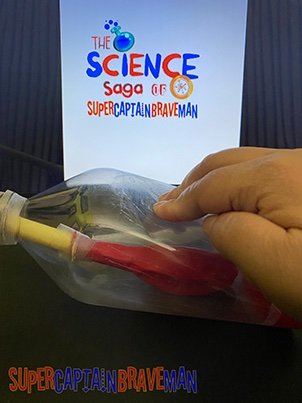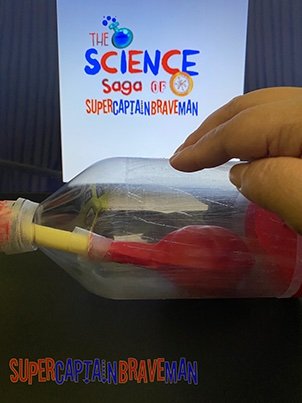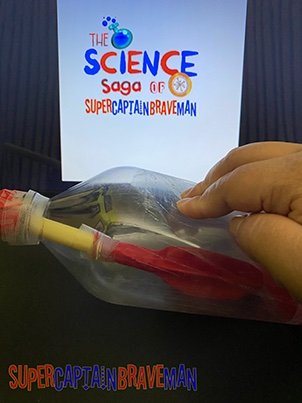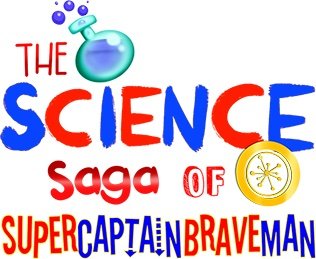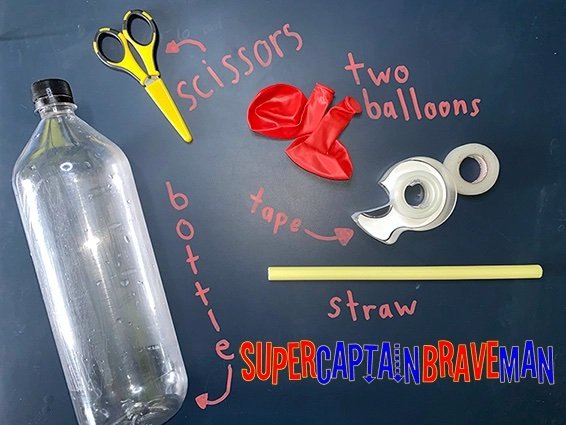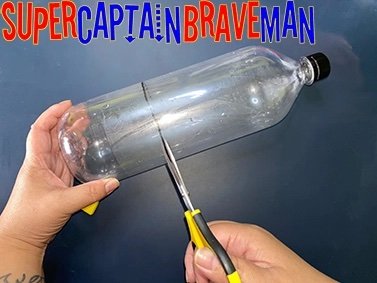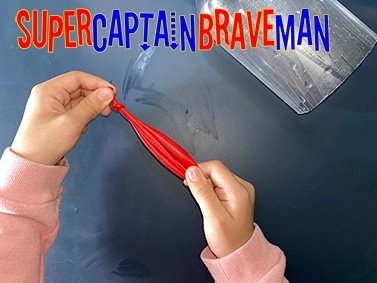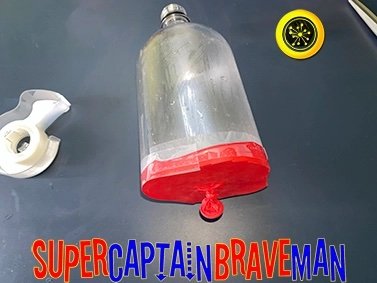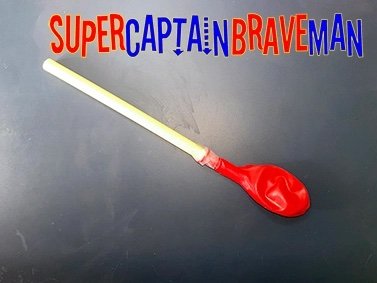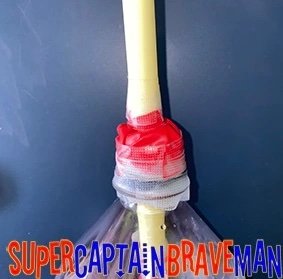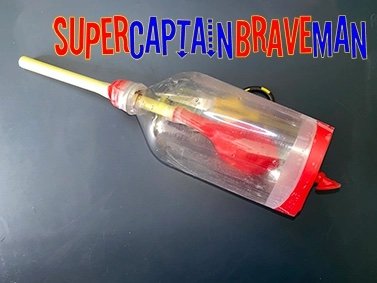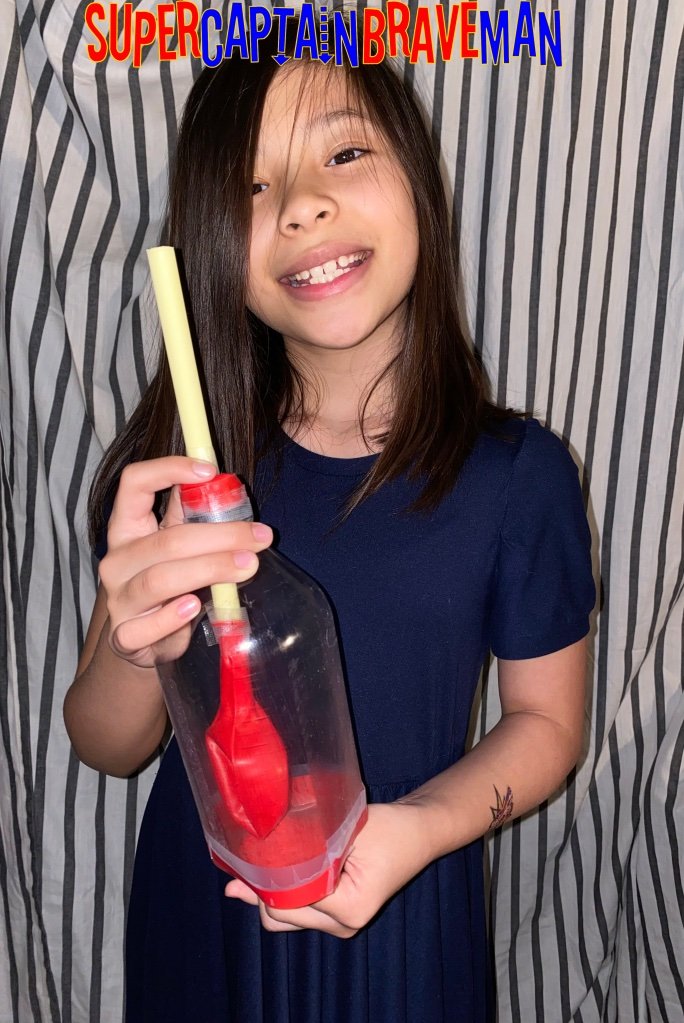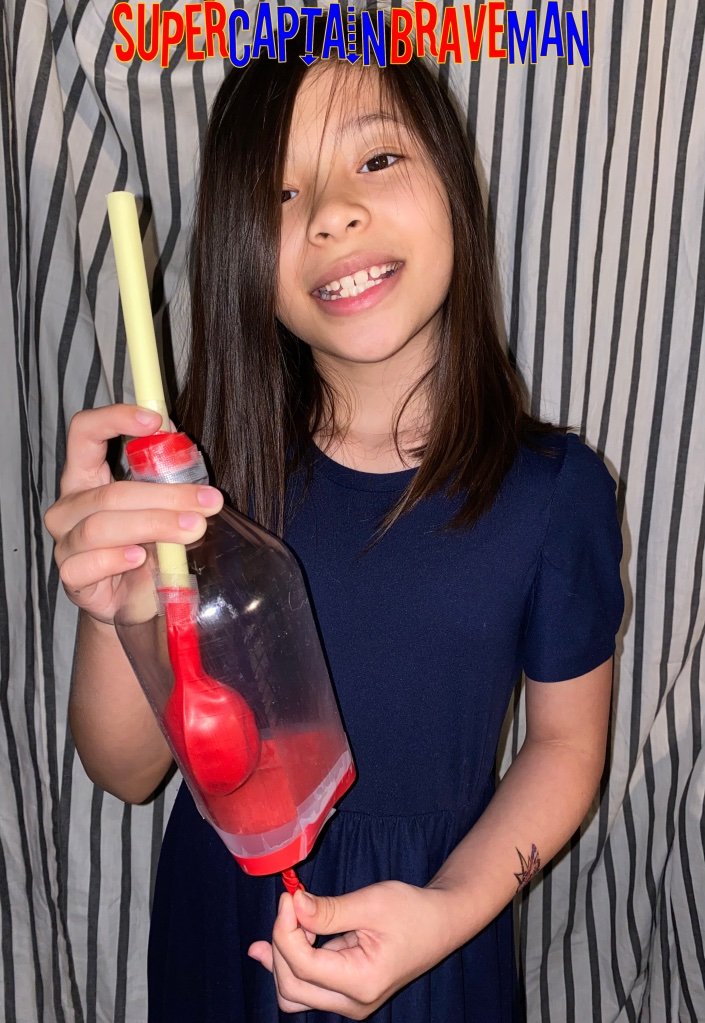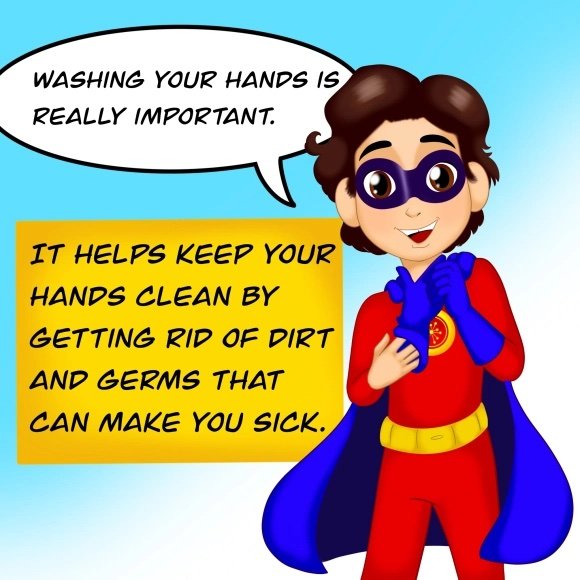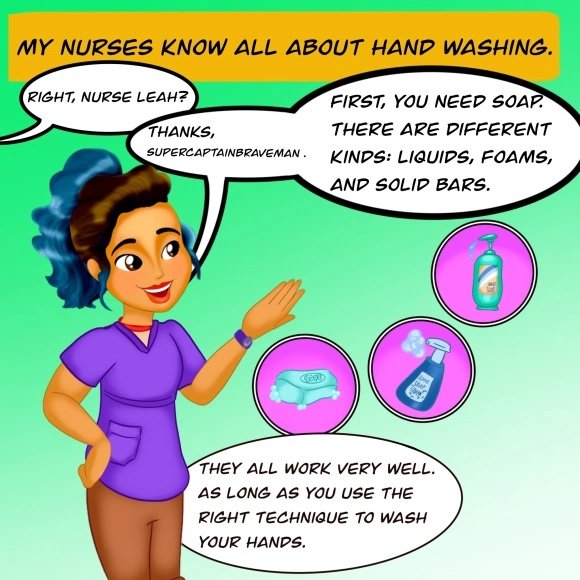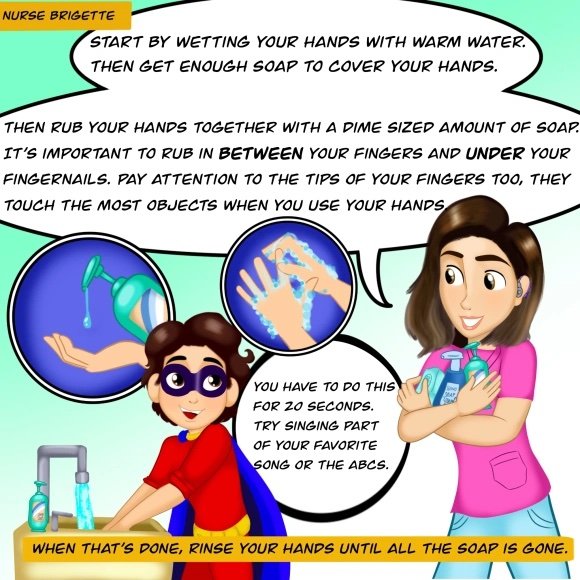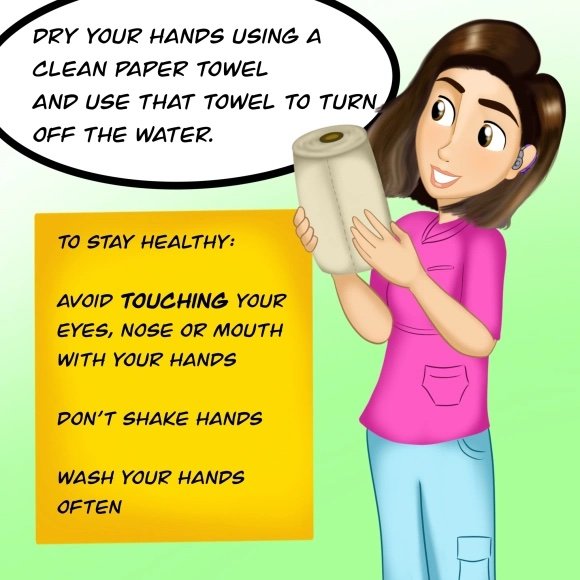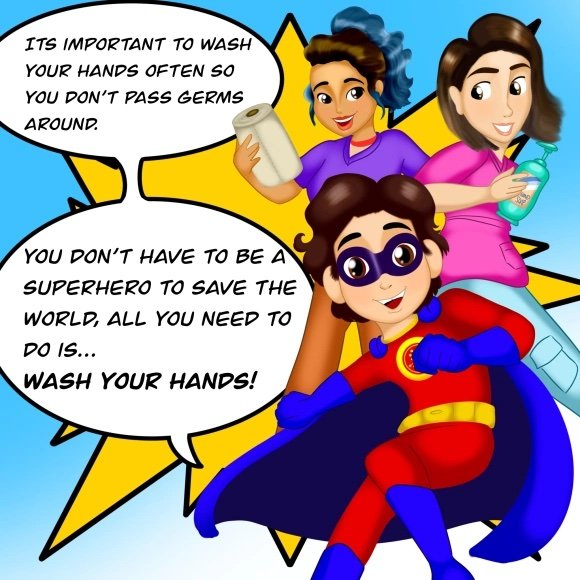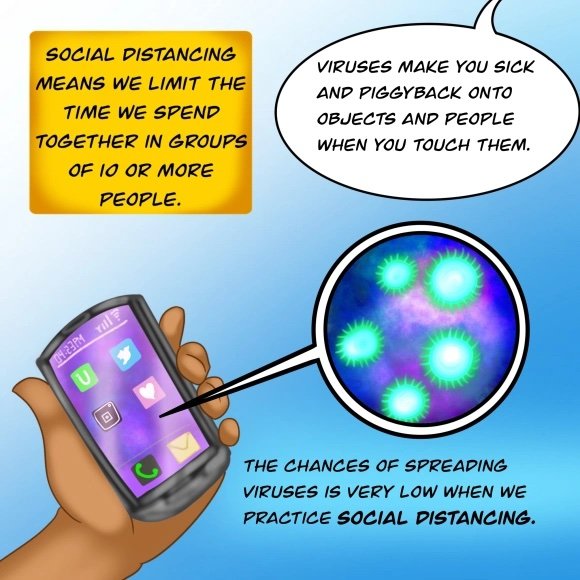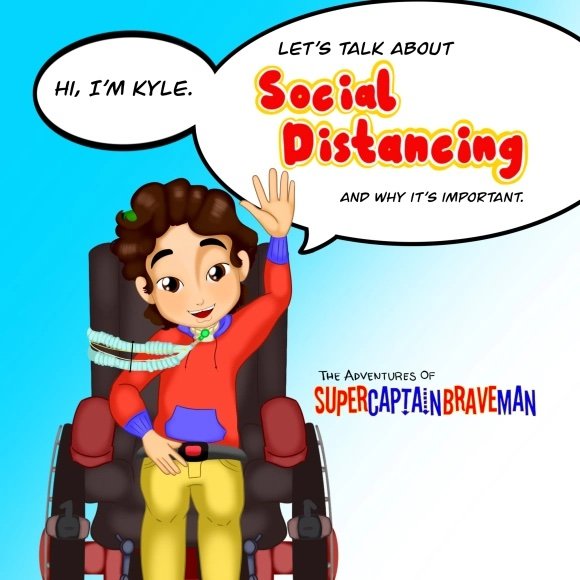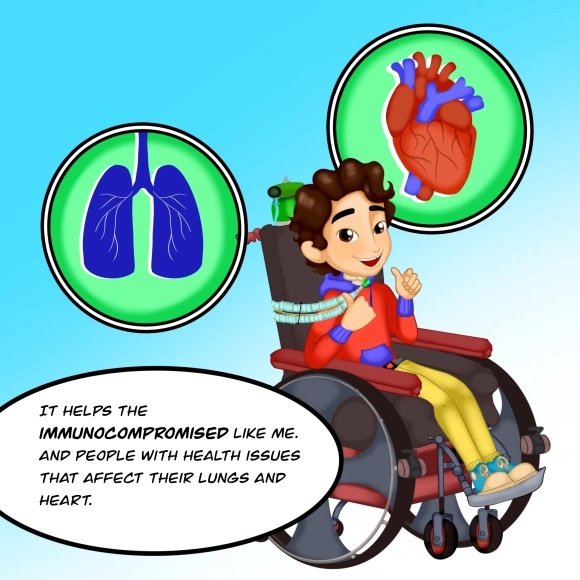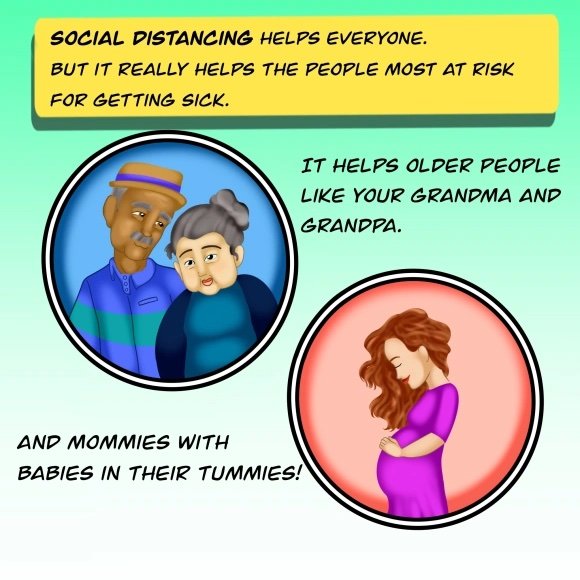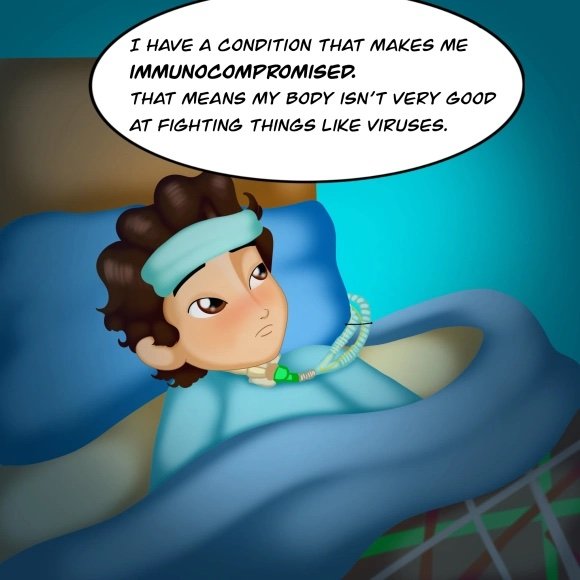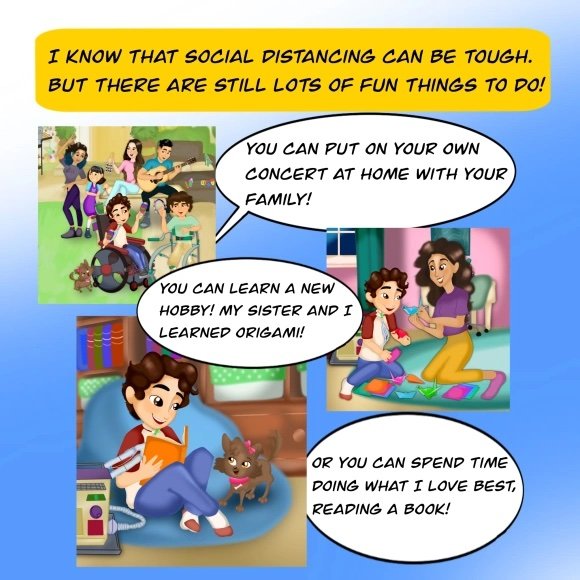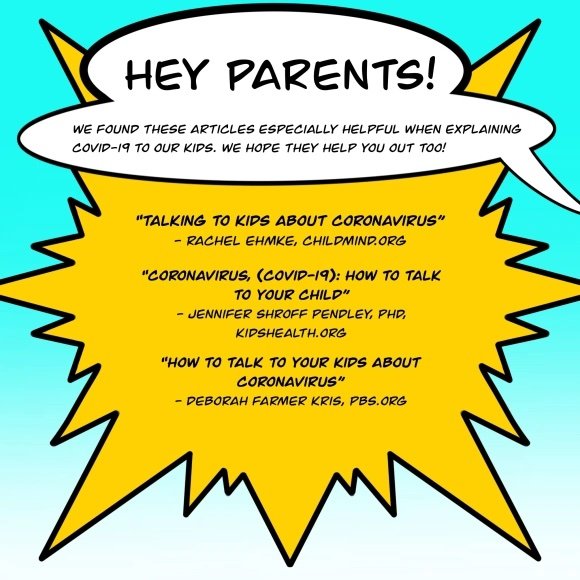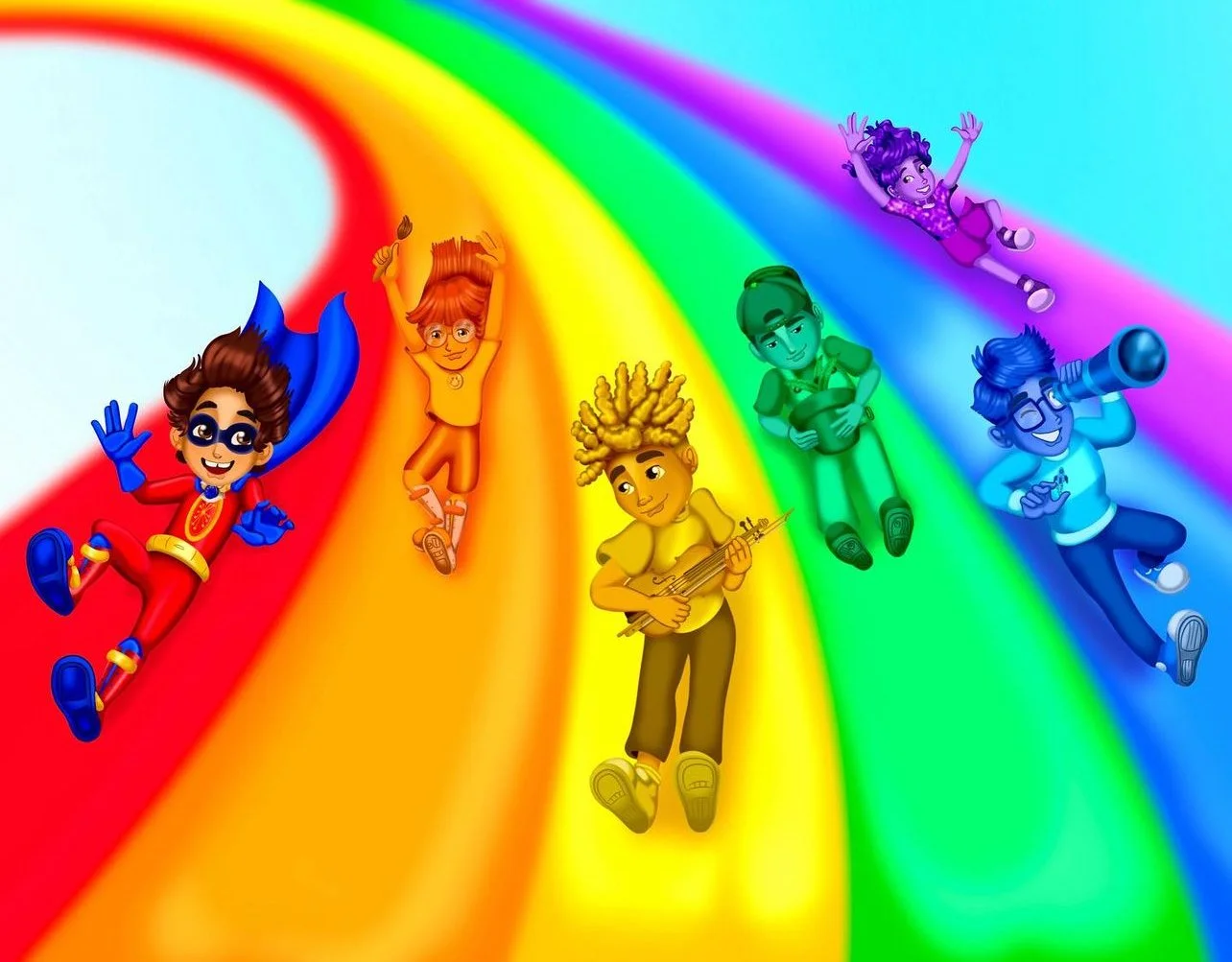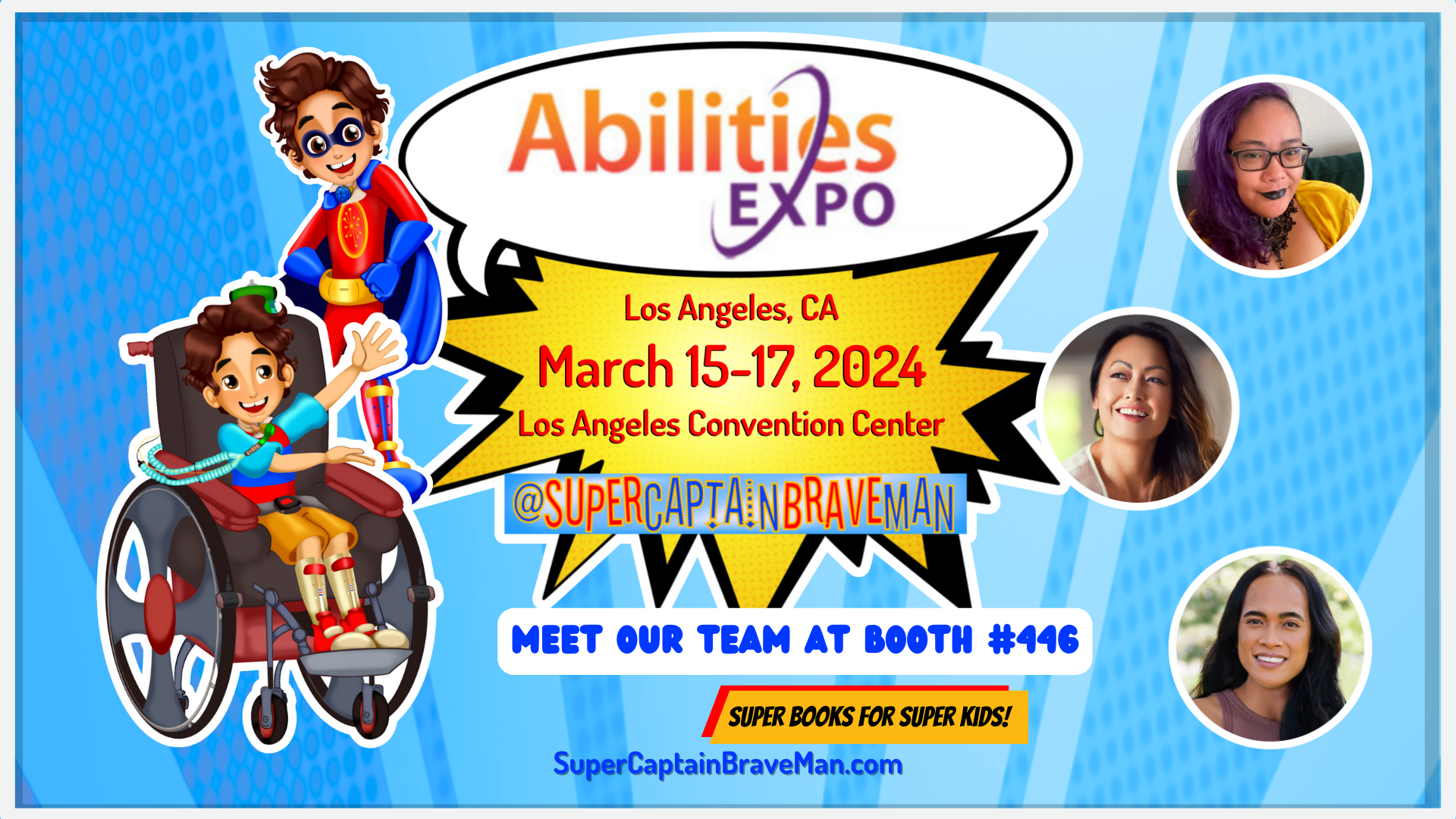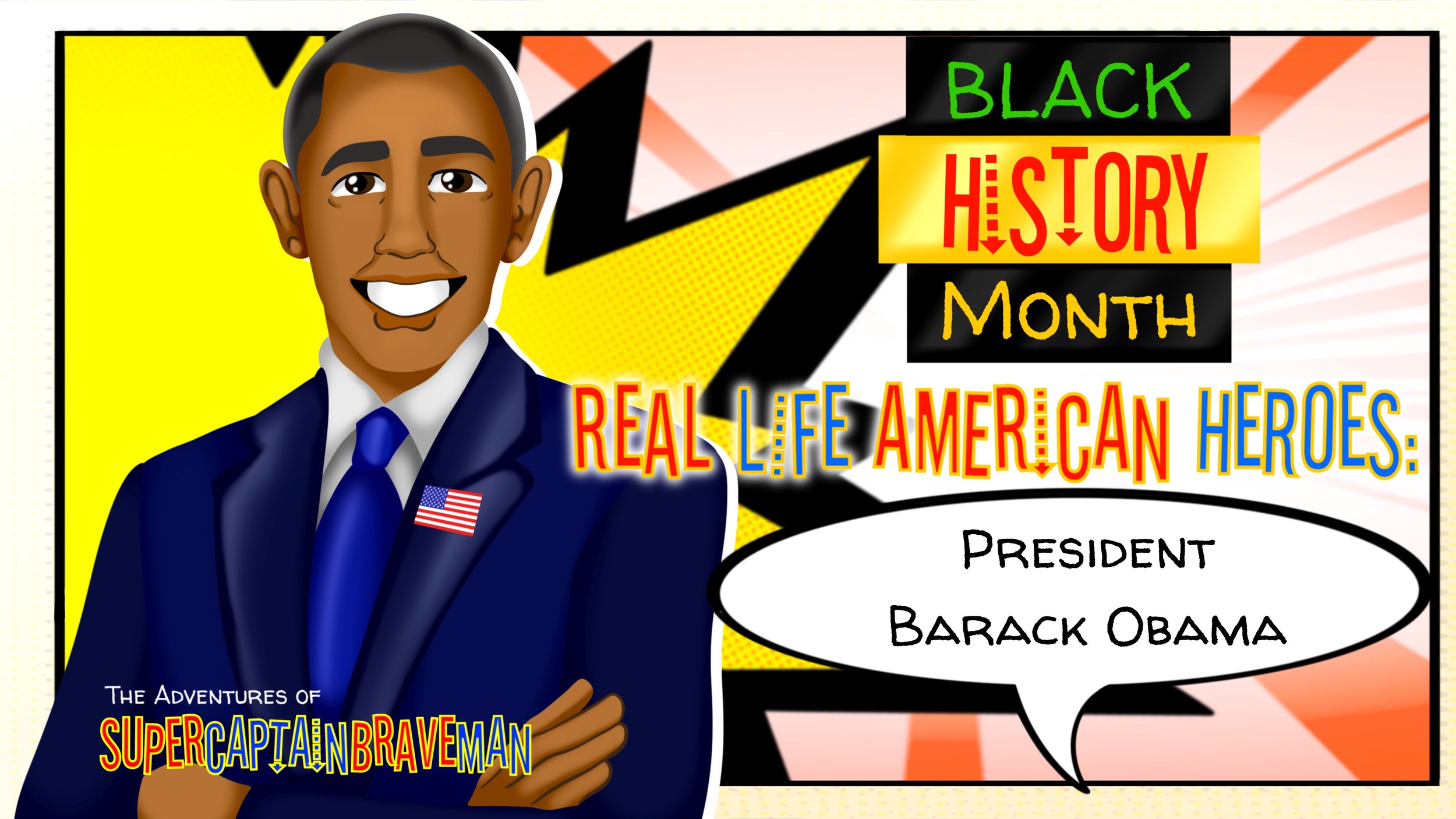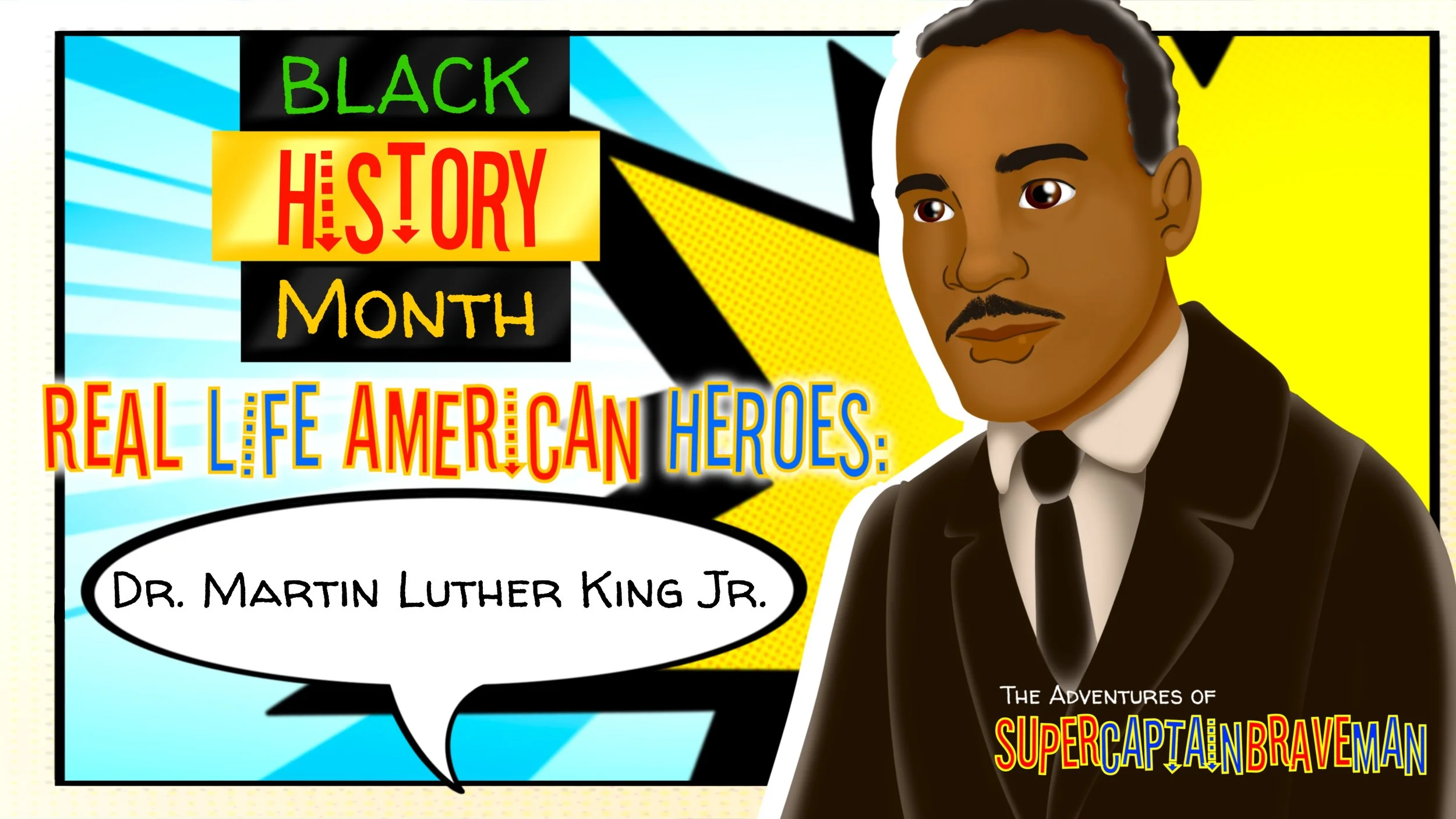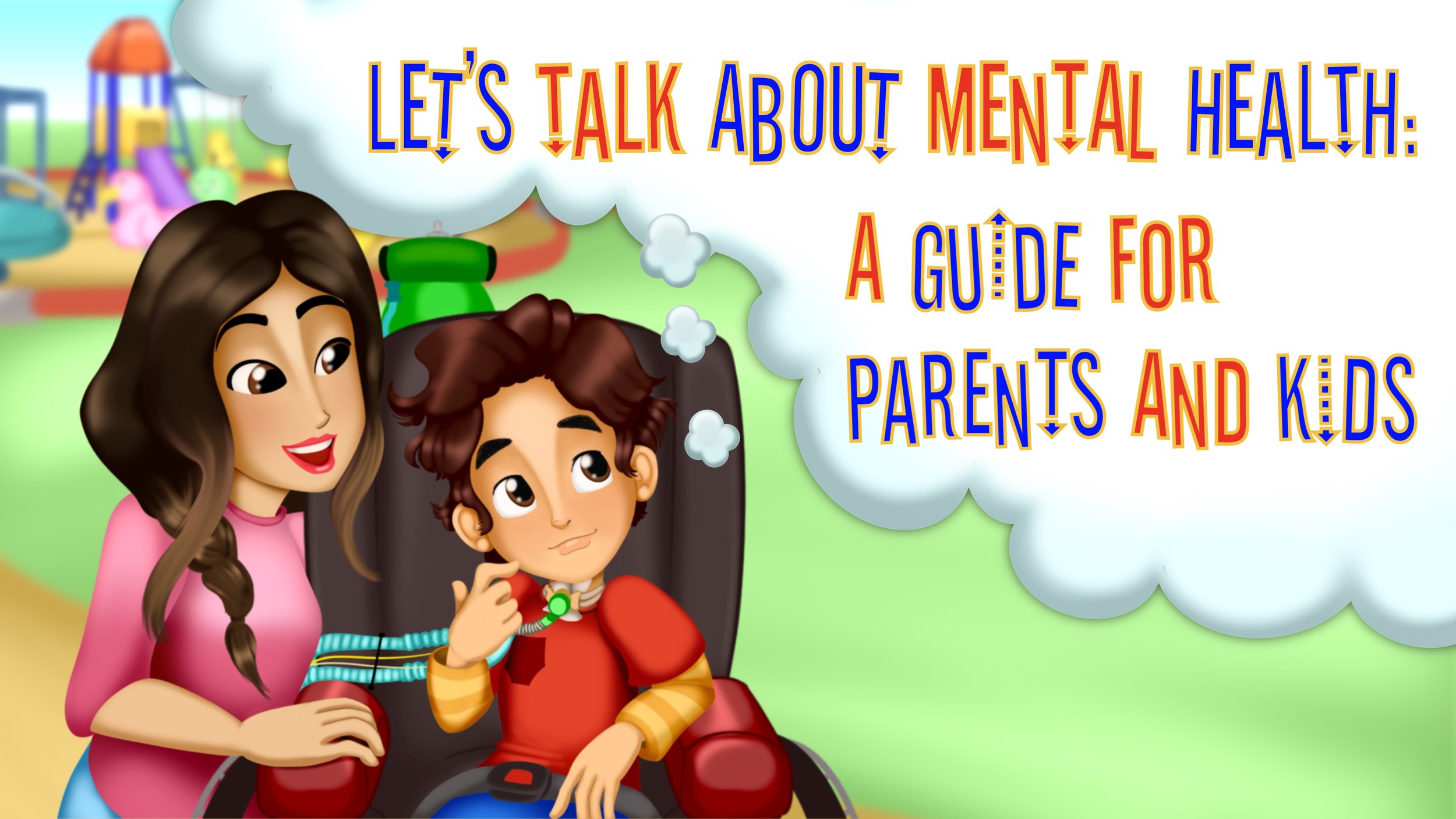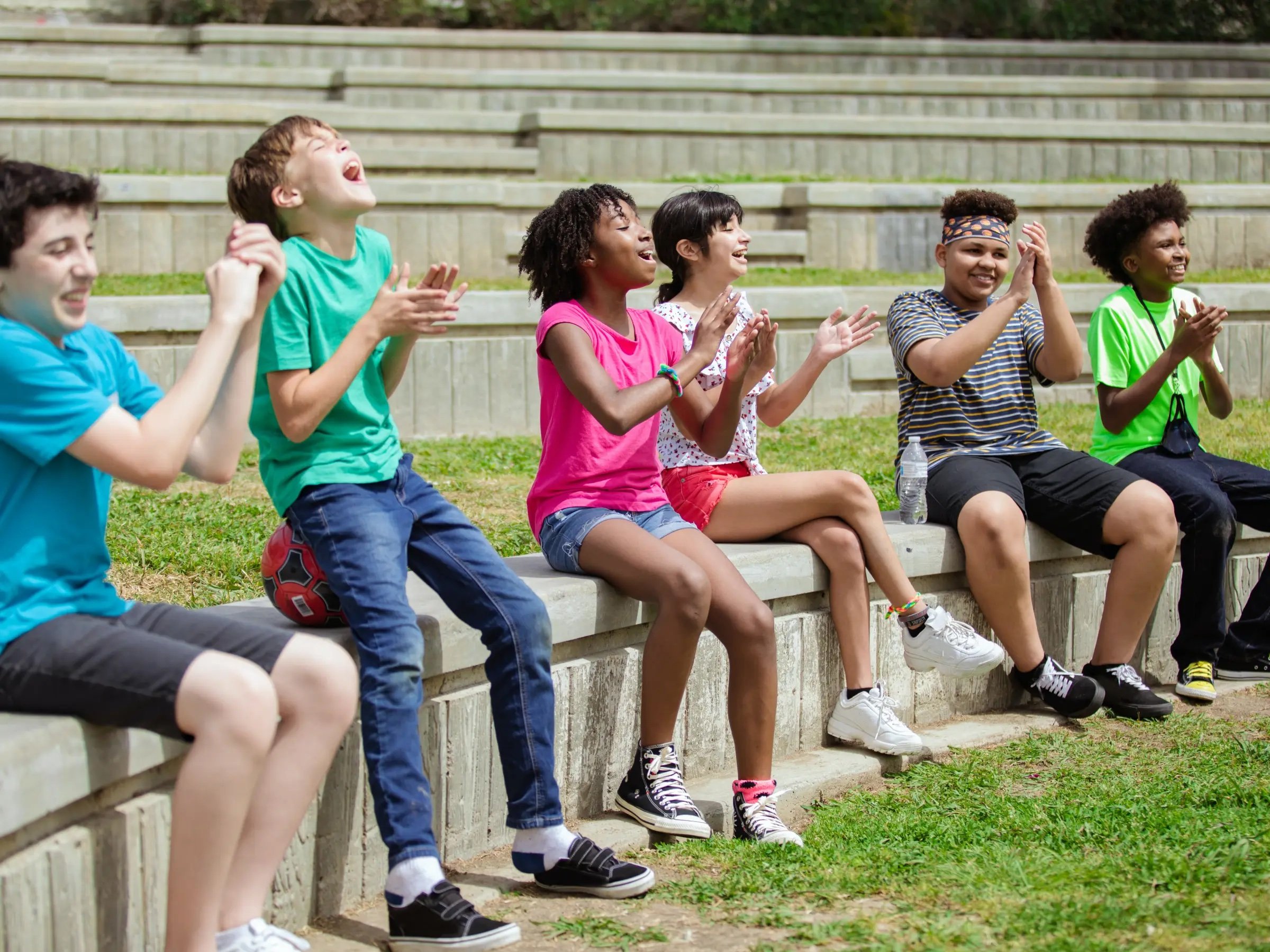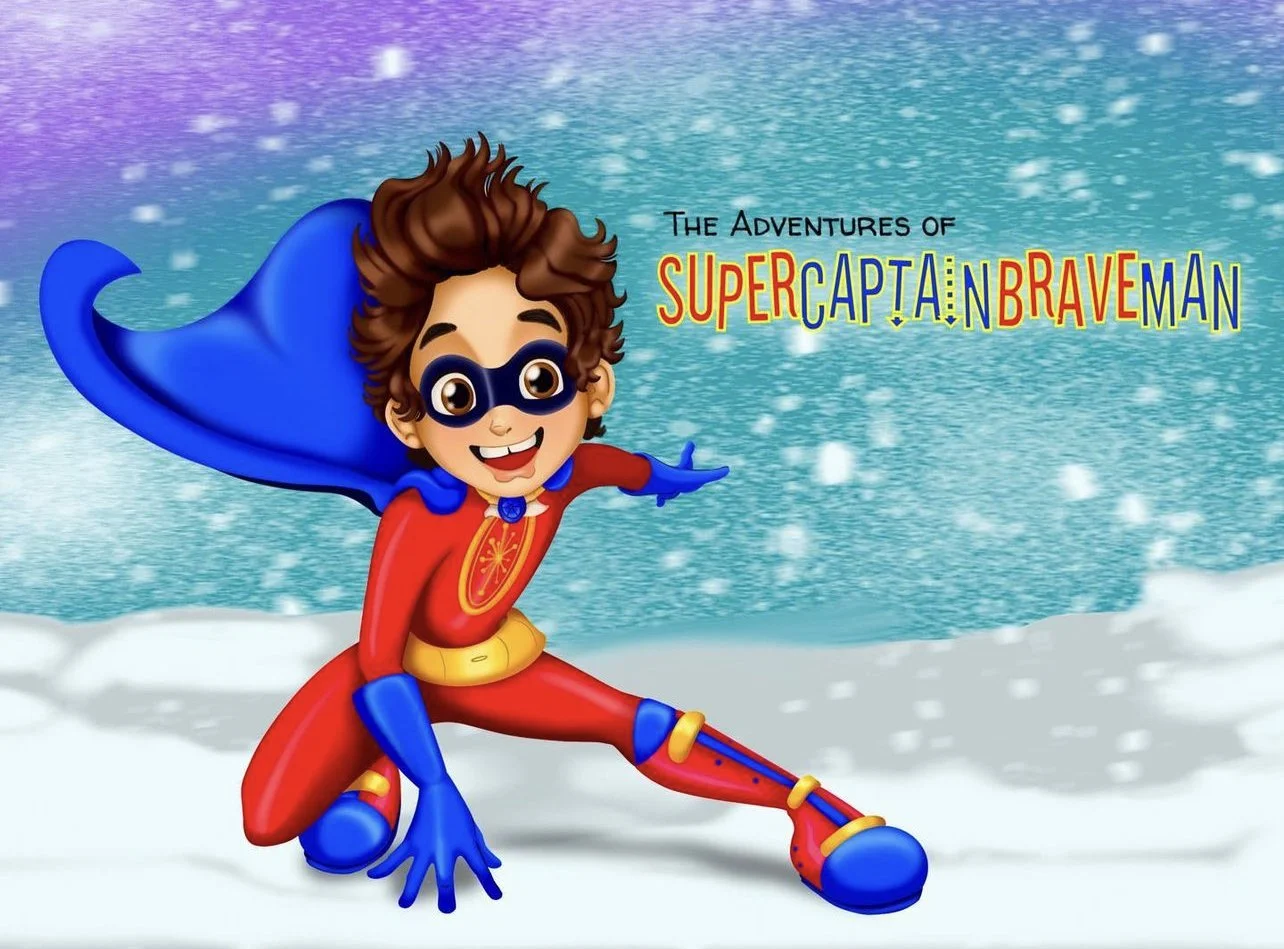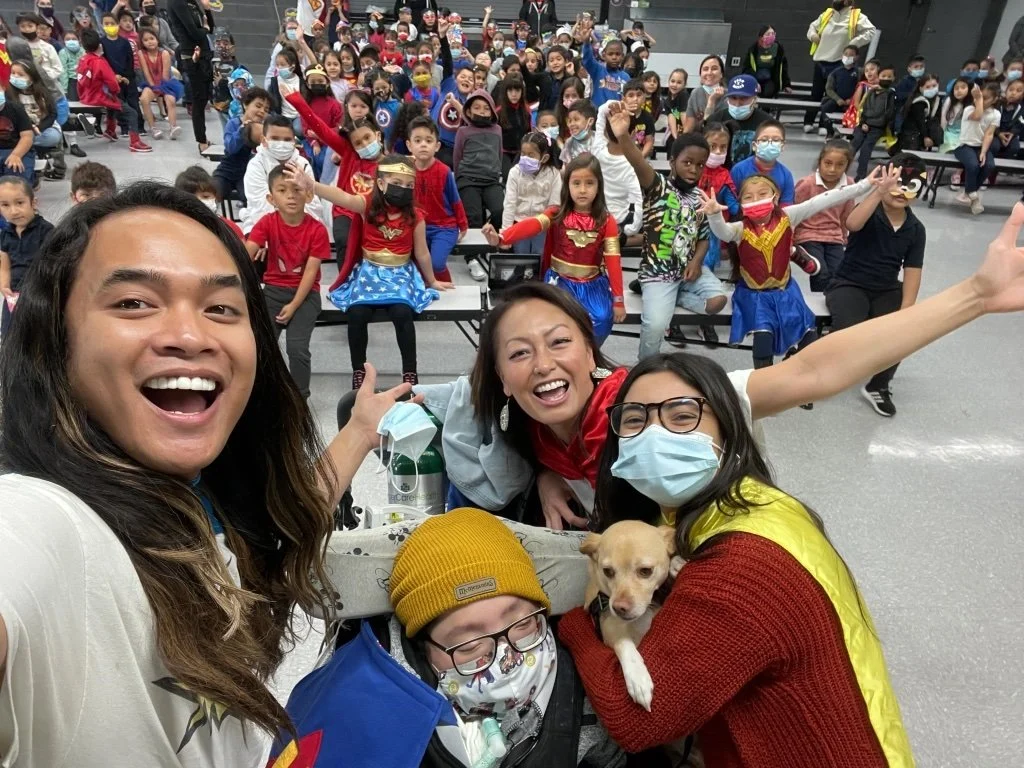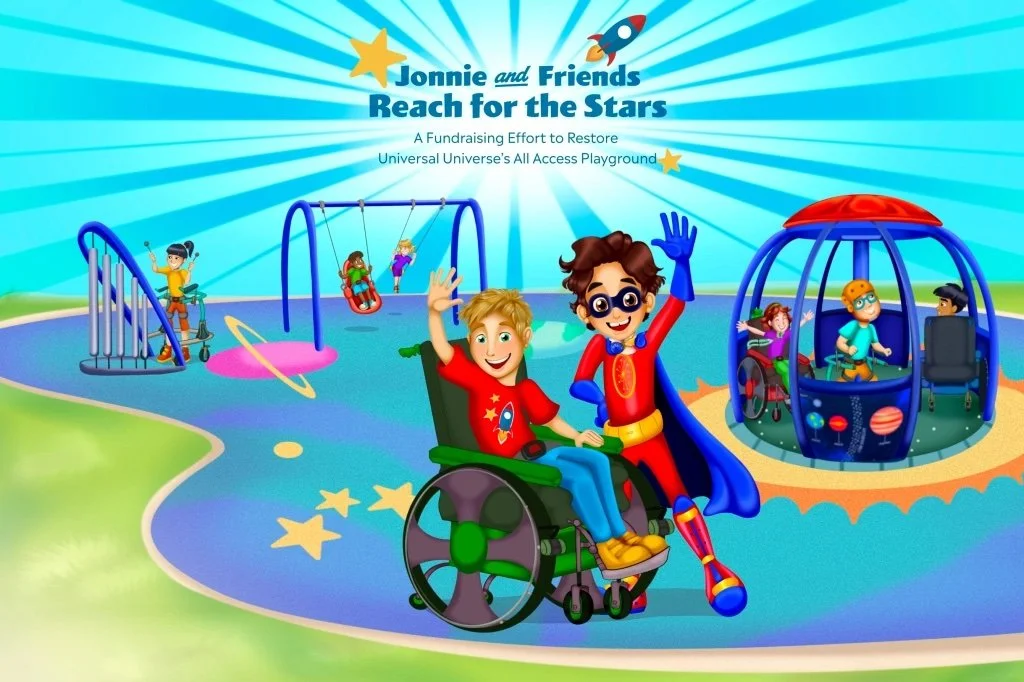Hello, SuperCaptainBraveFAM!
Disclaimer: Please be aware that the information below is based on our own experience and, to our knowledge, correct as of January 2020. Procedures and amenities may change when cruise lines relaunch.
It’s Nurse Leah here on another Monday. Last week, I talked about how—before the pandemic—we used to go on short day trips with Kyle. (If you haven’t read it, you can click here to do so!) It’s a list of “must haves” for traveling with Kyle. Over the years, he’s also gone on overnight and multi-day trips to the Disneyland Resort, San Diego, Hawaii, New York, and Baltimore. The trip I’m about to share with you is our most ambitious to date.
In May of 2019, Kyle spent three days at sea aboard the Disney Wonder cruise ship.
When the idea of taking a short, three-day cruise down the California & Mexican coast came up, you can bet that Team Kyle had to put our collective heads together to find out if it was even possible. Jennifer Norman, Kyle’s mom, spoke to his team of doctors to ask if traveling was advisable for him. Once we got word that as long as reasonable precautions were taken, Kyle could go on the trip, Team Kyle started researching the process of taking a person with adaptive needs onto a cruise ship.
Travel agents are a great resource and avenue to use when you can. Lots of times they have exclusive deals and information for families looking to enjoy every second of their vacation.
Team Kyle wanted that too. But we wanted to research everything ourselves and sometimes questions that come to mind when talking directly to the source don’t occur to you when talking to a liaison like a travel agent.
We looked into every aspect of the cruise. From scouring travel blogs and YouTube reviews of the wheelchair accessible staterooms; to contacting the Disney Cruise Line directly and asking questions that catered to Kyle’s specific needs, we poured months of research into ensuring that if we went on this trip, Kyle would be as safe as possible.
We were in uncharted waters and looked for information where ever we could find it.
Since the cruise would take us down to Ensenada, Mexico, the first order of business was getting Kyle a US Passport. Well, passports for all the kids coming on the trip. When I say that Team Kyle was going on this cruise, not only did I mean Kyle and his family. The nurses dedicated to Kyle’s care and their kids were invited, too.
It was a celebration, after all. In 2019, Kyle turned 13. After all of the hard work, setbacks, and triumphs, our Bootie-boy was now a teenager.
The Disney Cruise Line has a section on their website dedicated to answering the questions of guests with disabilities and what accommodations are available for them and their needs. This was way back in 2019 and the information might be different when the cruise line relaunches. The site only answered so many questions, Jenn and I spent quite a while on the phone with a Disney Cruise Line cast member to get clarification on several key areas.
Their Request for Special Services form covers requests that include:
plans to bring specific medical equipment
a request for distilled water (which we absolutely need for Kyle and was provided every day by the cruise line)
a need for electrical power and supplies deliveries
the need for a wheelchair accessible room
wheelchair accessible ground transportation when available
trained service animal notification (Permits are required for every country and port you’ll be sailing to and can take weeks or months to complete, so be aware of that. Also, the animal needs to be trained with the proper documentation for their roles.)
plans to travel with an oxygen concentrator and other oxygen related needs
requests for guests who have hearing disabilities like stateroom smoke detectors with strobe lights, and an American Sign Language interpreter for select shipboard shows & entertainment.
requests for guests with visual disabilities like audio descriptive devices and enlarged print formats for dinner menus.
severe food allergies like the ones Nurse Victor and my daughter, Remy have
As mentioned in The Adventures of SuperCaptainBraveMan books and on this blog, Kyle is oxygen and ventilator dependent. The process of having oxygen tanks on board the cruise ship was both straightforward and complicated.
Straightforward because the forms needed were easy to access and fill out.
Complicated because…well…they were forms and red tape is red tape.
We were informed that we sadly could not bring our own oxygen tanks. But they provided us the contact of a third-party distributor that had a contract with our port of departure. We secured the correct forms and received confirmation that the requested oxygen tanks would be delivered to the dock and placed in our stateroom.
Along with the oxygen tanks, we wanted assurance that the equipment we needed to bring could charge safely. Without going into specifics, there are at least 5 pieces of equipment that need to be charged nightly for Kyle’s care. All staterooms have outlets, but none have power strips.
And you can’t bring your own from home due to cruise line regulations.
But what you can do is request an extension cord from Guest Services the moment you board the ship. Unfortunately, when we went, you couldn’t reserve one beforehand. Paul Norman, Kyle’s dad, was unanimously volunteered to be the one to brave Guest Services when the time came.
Every stateroom has a mini-fridge and bathroom with sink. So, Kyle’s medications and feeding supplies had a place to chill—ha ha—and get cleaned every day.
The Disney Cruise Line website has floor plans and pictures of the wheelchair accessible staterooms. But pictures can only tell us so much. That’s where Nurse Victor came in with his obsession for travel vlogs and did some research.
YouTube became a great tool for use to see the accessible staterooms from a guest's perspective and one of the most informative videos that we watched over and again was the Disney Wonder Handicapped Accessible Stateroom 7138 Tour by RaeTravels.
And by coincidence, Kyle’s stateroom number on the Disney Wonder was 7636—on the other end, but the same floor as the room in the video. More video travel vlogs and online ship diagrams prepared us for the general feel of where and how Kyle could navigate the ship.
My favorite thing...was how incredibly accommodating the Disney Wonder staff was in regards to what it means to travel with a person with special needs. There wasn't a moment I felt: "Kyle can't do this."
Nurse Victor
The practical components taken care of, Team Kyle could focus on the traditional aspects of going on a cruise and a Disney cruise in particular. One of the best parts of going on a Disney cruise is the themed nights and the dining experiences.
This cruise in particular had a Pirate’s Night scheduled on the itinerary. And if you need to know anything about Team Kyle, you need to know that we love to dress up. We also like to surprise and prank each other, so we kept our individual pirate get ups a secret.
Originally, we were assigned the second dining group seating—where dinner service started at 8 pm. Having 13-, 9-, and 8-year-old kids in our group meant that an earlier dining option was preferable. We put in a request for the main dining group—where service started at 5:45 pm. The day we left port we were told that our request was granted and our first dinner would be at the restaurant, Triton’s.
One tidbit that we stumbled on when researching for Kyle was the fact that many people decorate their stateroom doors with magnets. Cell service is spotty even with the onboard app available to the people in your party. A lot of guests have whiteboards with dry erase markers on their doors so they can leave notes for their family.
When I saw how amazing these decorations were, I knew that we had to create something special for Team Kyle. Nurse Victor did an amazing job drawing everyone in “vacation mode” and I did what I could with MS Paint and printed out some Mickey head decorations and stuck them on magnet sheets I got online.
Some guests even take part in a small gift exchange. But with everything else going on, we couldn’t contribute to the idea. Next time, we definitely will.
So, we had costumes and we had decorations.
What comes next…? It was a Disney cruise. What came next was autograph books, new swimsuits, and lots of packing and repacking!
Join us next week where I get into the actual story of our trip and not just the practicalities of planning our possibly perilous passage into the unknown…otherwise known as a Family Vacation.
Check out the vlog we made outlining today's info (with extra pictures and video) below!


